what Mix to use in a Self Watering Container
jmhewitt
13 years ago
Related Stories
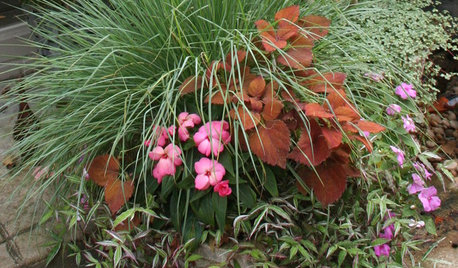
CONTAINER GARDENSContainer Garden Basics: Mix Textures to Catch the Eye
A mix of textures makes for potted gardens where each plant has a special role to play
Full Story
FARM YOUR YARDHow to Grow Vegetables in Containers
Get glorious vegetables and fruits on your patio with a pro’s guidance — including his personal recipe for potting mix
Full Story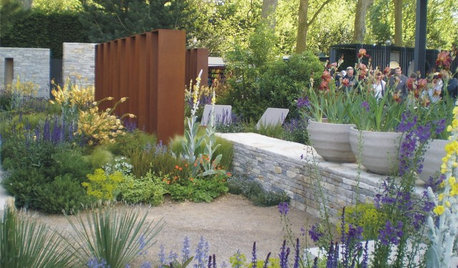
GARDENING GUIDES9 Self-Seeders Capture Chelsea Flower Show Magic
Give your garden show-worthy style with these plants beloved by top designers
Full Story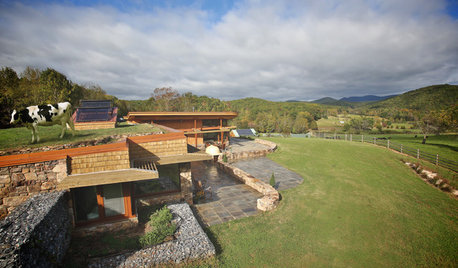
HOUZZ TOURSHouzz Tour: A Self-Sufficient Farmhouse With a Sheep-Pasture Roof
LEED Platinum certification and a soil-covered top make this pastoral Virginia home green in more ways than one
Full Story
ECLECTIC HOMESHouzz Tour: A Dilapidated Cottage Makes Way for Self-Expression
Clever design and imagination divide and conquer a suburban site for a homeowner with a bold vision and an even bolder art collection
Full Story
CURB APPEALCrazy for Colorful Cones: 5 Container Plantings Beyond the Bowl
Give even a small garden an exuberant vibe with hanging cones overflowing with blooming beauties
Full Story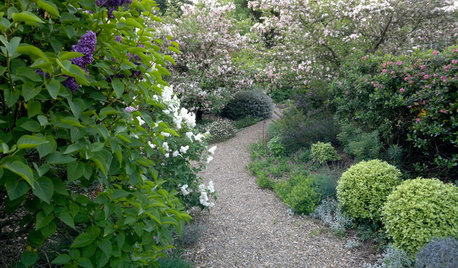
LANDSCAPE DESIGNSee a Lush Australian Garden That Needs Little Water
Highly self-sufficient and sustainable, this oasis near Sydney offers something special around every corner
Full Story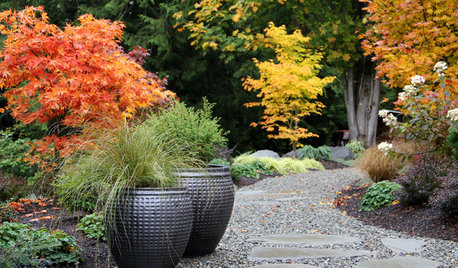
CONTAINER GARDENS9 Tips for Creating an Artful Container Garden
Make your potted plantings a beautiful sight with these ideas for container types, plant groupings and more
Full Story
CONTAINER GARDENSContainer Gardening Basics: The Dirt on Soil
Learn the types of potting soil available and the best mixes to help your containers thrive
Full Story
PLANTING IDEASStretch the Budget, Seasons and Style: Add Conifers to Your Containers
Small, low-maintenance conifers are a boon for mixed containers — and you can transplant them to your garden when they’ve outgrown the pot
Full Story






rnewste
jmhewittOriginal Author
Related Professionals
Signal Hill Landscape Architects & Landscape Designers · Americus Landscape Contractors · Bethel Park Landscape Contractors · Braintree Landscape Contractors · Pomona Landscape Contractors · Reedley Landscape Contractors · Tacoma Landscape Contractors · Twin Falls Landscape Contractors · Crowley Landscape Contractors · Fort Lee Solar Energy Systems · Fort Collins Window Contractors · Hawaiian Gardens Window Contractors · Elkridge Window Contractors · Aliso Viejo Fence Contractors · Coral Gables Fence Contractorsrnewste
calistoga_al ca 15 usda 9
rnewste
calistoga_al ca 15 usda 9
sneuri